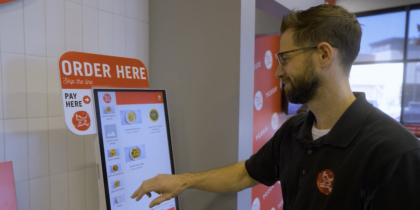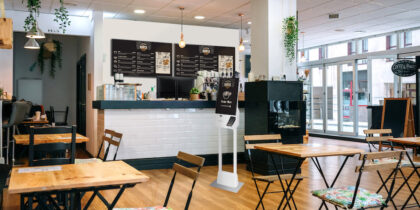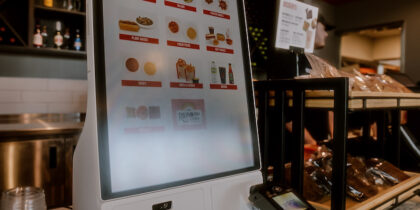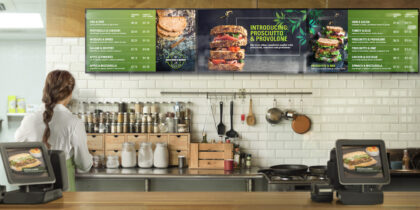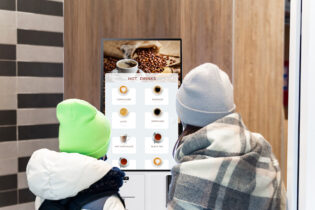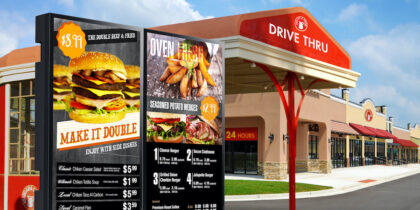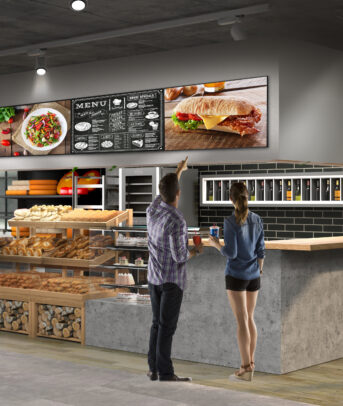In today’s always-connected world, consumers are used to having information at their fingertips. As the number of patrons using mobile technology to make purchases grows, restaurants can use the same technology to personalize the dining experience while gathering information on guest’s needs. Because of their portability, price point and ease of use, tablets are the perfect tool for tableside service. They can help restaurants to improve processes and accuracy in order taking and – when done right – create a wow factor that is often hard to achieve in today’s techie world.
Here are three areas in which using tablets in restaurants can create a personalized experience for each and every guest:
While Guests Wait
The guest’s impression of your restaurant begins before they even open a menu. By allowing guests to make meal reservations, restaurants can increase patronage due to convenience and decrease human error from hosts, resulting in higher guest satisfaction. Properties using smart interactive displays can also integrate reservations, while others can allow booking from personal or in-lobby tablets. By providing tablet kiosks, guests can reserve from a central portal, speeding up the process and avoiding the lines that often form around a manned host station.
Beyond booking, tablets can provide entertainment during idle times. Customers are much less likely not notice the wait for their table or food if they are engaged. Popular solutions include providing tablets in the waiting room or installing them into tables. A family restaurant can have games appropriate for young kids while sports bar patrons may enjoy the latest football or soccer game to pass the time.
When Guests Order
One of the most popular uses for tablets in restaurants is ordering at the table. In the National Restaurant Association’s 2015 Culinary Forecast, 29 percent of restaurants said that they use tablets and computers for ordering, receiving the highest votes for the top restaurant trend in 2015. Chains such as Buffalo Wild Wings are now using Samsung Galaxy tablets with the Buzztime app to allow guests to place orders, ask for their check and even play arcade games. According to the Hospitality Technology POS Software Trend Report, 38 percent of restaurants plan to develop and deploy a point-of-sale (POS) system on mobile devices. This technology allows servers to focus on the customer and it eliminates mistakes due to human error, such as messy handwriting or forgetting a ticket.
Behind the Scenes
Tablets can also be used by restaurant staff to increase efficiency and guest satisfaction. Devices at the host stand can help with table management and seating decisions as staff in the seating area provide real-time information about table status. The back of the house can also see this information to anticipate the volume of incoming orders. In a December 2014 National Restaurant Association survey, 22 percent of respondents agreed that tablets would be helpful for recipe management, POS data and table management. Since guests are rightfully frustrated when the kitchen is out of a popular item, tablets can benefit the inventory process by providing real-time updates on the status of food items. This can keep waitstaff informed when taking orders and prevent the kitchen from running out of a particular ingredient.
Are you ready to streamline your restaurant’s operations and impress your patrons? Visit Samsung’s Hospitality page to see the full suite of hospitality technology products.

